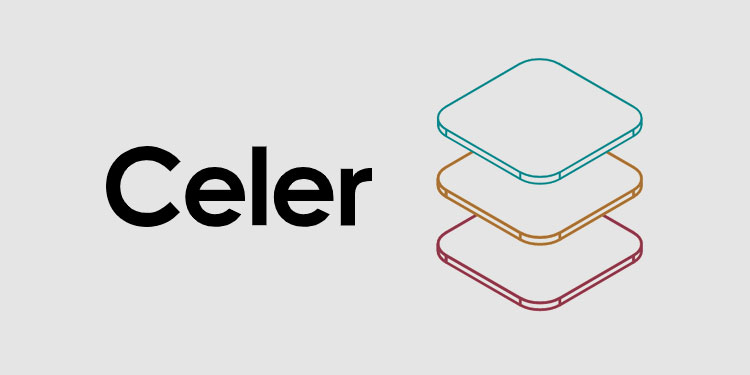Celer Network, a layer-2 scaling platform, today announced the launch of its layer-2 state channel mainnet upgrade, Lyra, on Ethereum. Celer has open-sourced the state channel network’s full node code. The Celer team says the “software is highly optimized and production-grade.”
This marks the world’s first multi-hop-networked state channel open-source release. With this launch, Celer enters a new era by expanding its network, enabling global node operators and application developers to build a wide range of use cases.
Upgrade Features
Since last July’s alpha mainnet launch, the Celer team has been iterating the state channel’s core protocols and software implementation for high performance. The team took experiences from CelerX, a real-world mobile gaming application with more than 100,000 users. Since August of 2019, the Celer Network node has processed 1,125,541 micropayment transactions with zero downtime.
The open-source code release of Lyra state channel is production-grade software that is powering real-world applications. Implemented in Go, the software is designed with end-to-end principles and is highly optimized for performance, reliability, and modularity. It features:
- 10MB minimal memory requirement
- Protobuf off-chain data structure to ensure blockchain agnosticism
- Transactional state consistency and failure resistance
- Secure SSL authenticated peering and connection
- Pluggable Ethereum infrastructure endpoints
The released code, including cChannel-eth, goCeler-oss, and celer-light-client, support all features documented in the Celer State Channel Specification. Highlights include:
- ETH and ERC20 Token Support
- Generalized conditional payment
- Multi-node networking and payment and state routing
- Generalized State exchange and validation framework
- Generalized State Channel dApp development framework
- Duplex channel with sliding-window concurrency
- Boolean and numerical conditional payment support
- Single-transaction channel opening
- Dynamic deposit and cooperative withdrawal
- Cooperative channel closing
- Batch multi-channel settlements
- Batch multi-payment liquidation
- 0-downtime upgradeable architecture
The resource requirement to run a Celer state channel full node is very low: the full node consumes only 10MB memory to run and can automatically scale based on the number of client connections.
Growth Plan
With the code being newly open-sourced, the Celer team says it will take a conservative 3-phase approach to expand the node network.
- Phase 0: An open public review of the code base, mainnet test runs, and security bug bounties under precautious feature trimming.
- Phase 1: Onboard selected partners with full-feature to ensure regularity of operation and onboarding experience.
- Phase 2: All-out public expansion.
“After Phase 1, we will switch to all-out full-scale launch with online hackathons and community events to boost the awareness of running Celer’s full node and aim to build up the network effect and continuously evolve the code base with the community and explore more use cases. In terms of timeline, we expect Phase 0 to take 1.5 months and Phase 1 to take 1 to 2 months depending on our partner’s availability before we move into Phase 2 for a fully open ecosystem.”
– The Celer Network Team






















